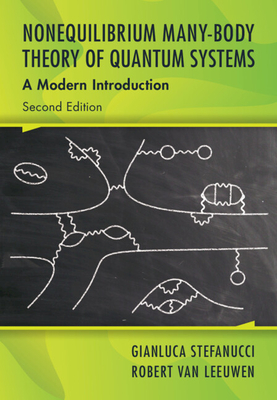
HANDBOOK OF GREEN MATERIALS:PROCESSING TECHNOLOGIES, PROPERTIES AND APPLICATIONS (IN 4 VOLUMES)(MATERIALS AND ENERGY)
绿色材料手册
材料科学基础学科
¥
13708.75
售 价:
¥
10967.00
优惠
平台大促 低至8折优惠
发货周期:预计3-5周发货
出版时间
2014年04月14日
装 帧
精装
页 码
1124
语 种
英文
综合评分
暂无评分
- 图书详情
- 目次
- 买家须知
- 书评(0)
- 权威书评(0)
图书简介
Green materials and green nanotechnology have gained widespread interest over the last 15 years; first in academia, then in related industries in the last few years.
The Handbook of Green Materials serves as reference literature for undergraduates and graduates studying materials science and engineering, composite materials, chemical engineering, bioengineering and materials physics; and for researchers, professional engineers and consultants from polymer or forest industries who encounter biobased nanomaterials, bionanocomposites, self- and direct-assembled nanostructures and green composite materials in their lines of work.
This four-volume set contains material ranging from basic, background information on the fields discussed, to reports on the latest research and industrial activities, and finally the works by contributing authors who are prominent experts of the subjects they address in this set.
The four volumes comprise of:
• Vol. 1. Bionanomaterials: separation processes, characterization and properties
• Vol. 2. Bionanocomposites: processing, characterization and properties
• Vol. 3. Self- and direct-assembling of bionanomaterials
• Vol. 4. Biobased composite materials, their processing properties and industrial applications
The first volume explains the structure of cellulose; different sources of raw material; the isolation/separation processes of nanomaterials from different material sources; and properties and characteristics of cellulose nanofibers and nanocrystals (starch nanomaterials). Information on the different characterization methods and the most important properties of biobased nanomaterials are also covered. The industrial point of view regarding both the processability and access of these nanomaterials, as well as large scale manufacturing and their industrial application is discussed — particularly in relation to the case of the paper industry.
The second volume expounds on different bionanocomposites based on cellulose nanofibers or nanocrystals and their preparation/manufacturing processes. It also provides information on different characterization methods and the most important properties of bionanocomposites, as well as techniques of modeling the mechanical properties of nanocomposites. This volume presents the industrial point of view regarding large scale manufacturing and their applications from the perspective of their medical uses in printed electronics and in adhesives.
The third volume deals with the ability of bionanomaterials to self-assemble in either liquids or forming organized solid materials. The chemistry of cellulose nanomaterials and chemical modifications as well as different assembling techniques and used characterization methods, and the most important properties which can be achieved by self-assembly, are described. The chapters, for example, discuss subjects such as ultra-light biobased aerogels based on cellulose and chitin, thin films suitable as barrier layers, self-sensing nanomaterials, and membranes for water purification.
The fourth volume reviews green composite materials — including green raw materials — such as biobased carbon fibers, regenerated cellulose fibers and thermoplastic and thermoset polymers (e.g. PLA, bio-based polyolefines, polysaccharide polymers, natural rubber, bio-based polyurethane, lignin polymer, and furfurylalchohol). The most important composite processing technologies are described, including: prepregs of green composites, compounding, liquid composite molding, foaming, and compression molding. Industrial applications, especially for green transportation and the electronics industry, are also described.
This four-volume set is a must-have for anyone keen to acquire knowledge on novel bionanomaterials — including structure-property correlations, isolation and purification processes of nanofibers and nanocrystals, their important characteristics, processing technologies, industrial up-scaling and suitable industry applications.
The handbook is a useful reference not only for teaching activities but also for researchers who are working in this field.
Key Features:
○ Mix of the latest research activities, basic knowledge and industrial and commercial use
○ Contributions by highly prominent authors
本书暂无推荐
本书暂无推荐















